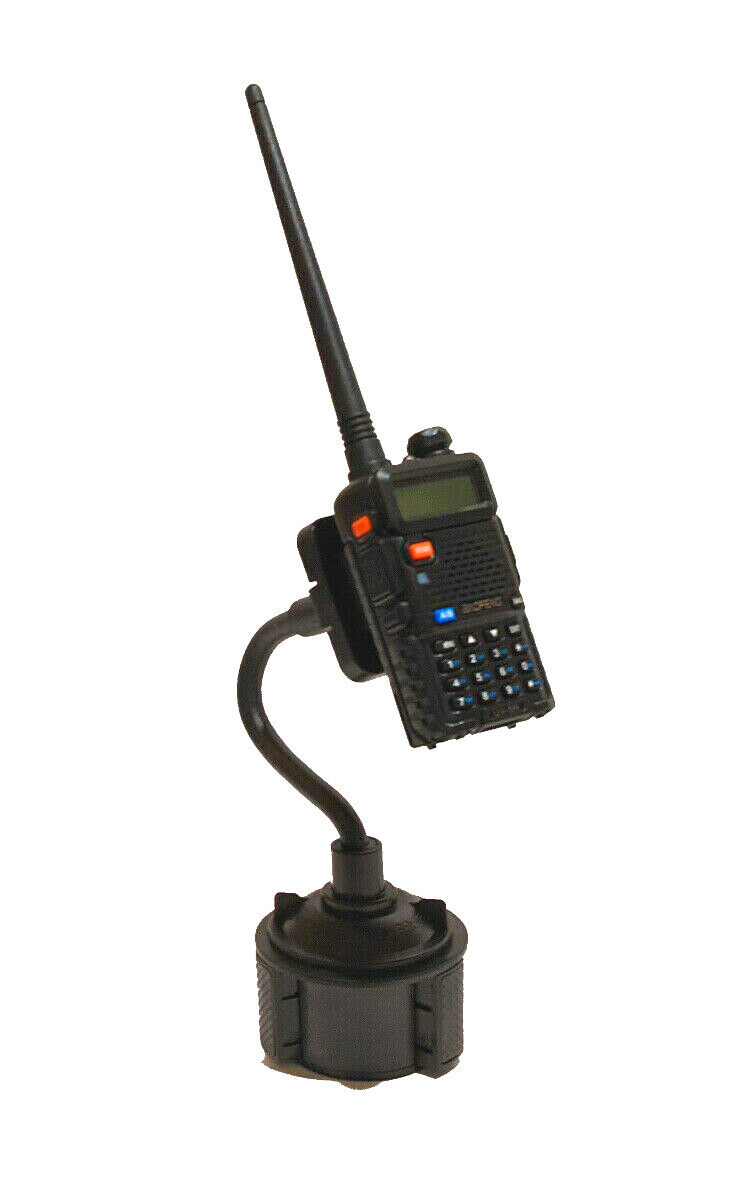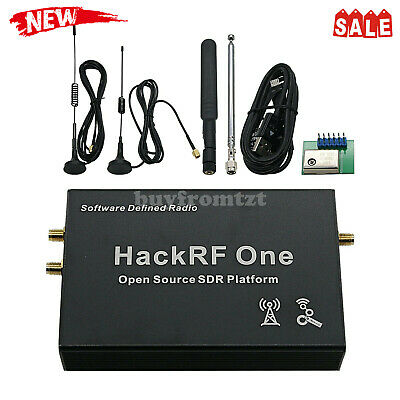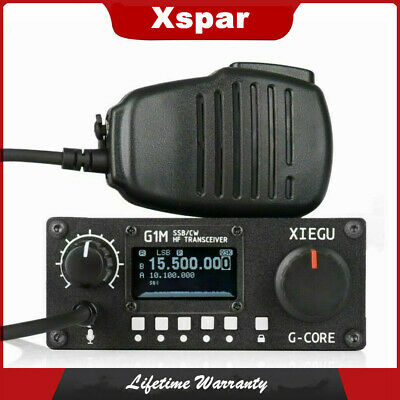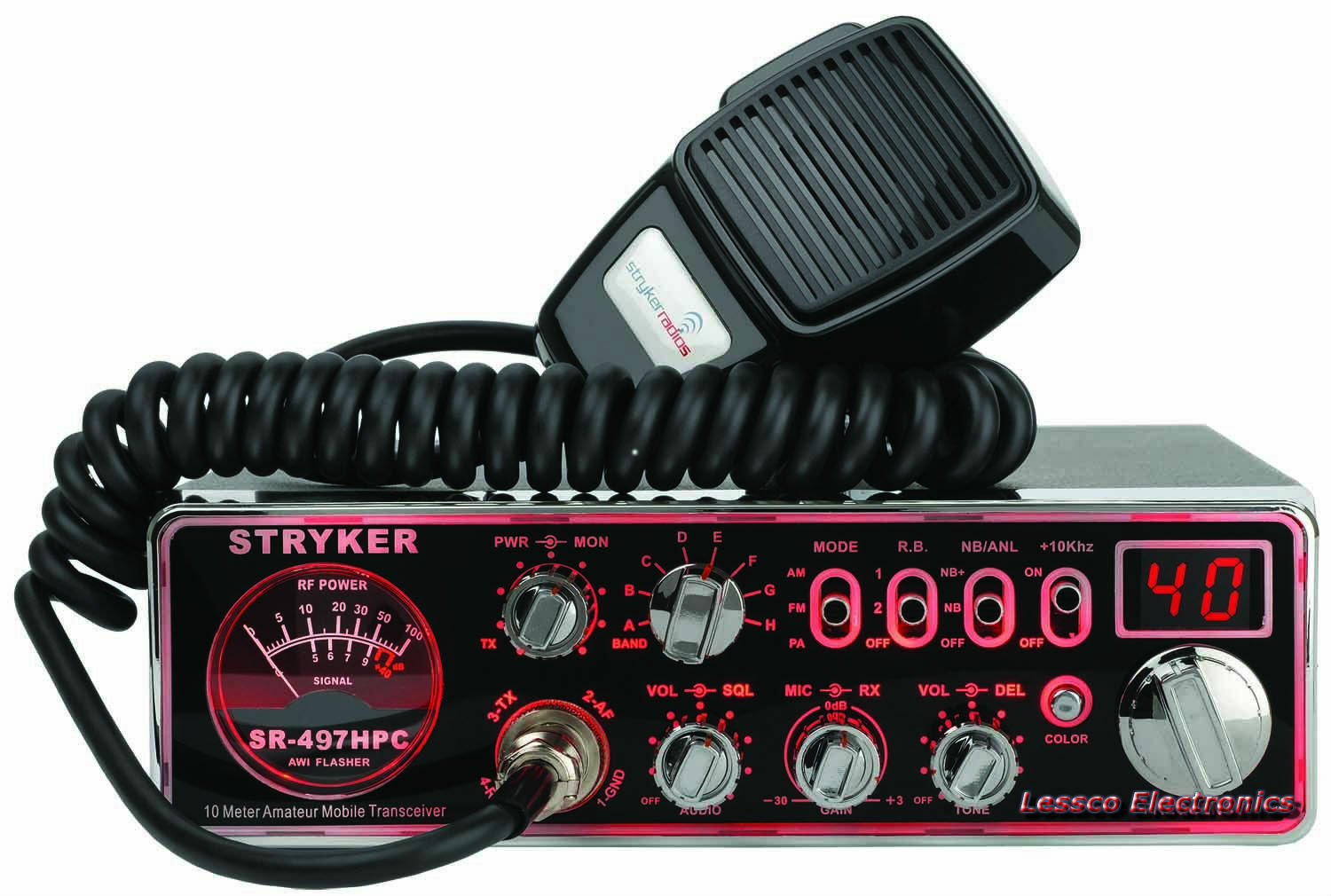-40%
Amateur HF Multi-band Transceiver "DESNA". Soldering Project KIT
$ 168.43
- Description
- Size Guide
Description
This KIT contains of all kit necessary to build the Transceiver "DESNA":- Motherboard v.2.0
- DDS Synthesizer - 9 bands
- Decoder for bandpass filter
- Low pass filters - 9 bands (12V/24V)
- Bandpass filters - 9 bands (12V/24V)
- Power amplifier 20-30W (12/24V)
- Case for TRX (High quality plastic cabinet + front and back aluminum panels (factory production; redesigned on 15.04.2021) +
aluminum
base for mounting of PCB inside of the case).
- * note - Wire for connection of PCBs is not included to a kit, because of high shipping cost. You may use any wire from local market.
All manuals in English.
History.
Long-term, for several years, the operation of the transceiver "Desna" showed its high parameters, reliability and, most importantly, ease of installation. A minimum of scarce items that can be found on almost any radio market, provides an opportunity to repeat the design by many novice radio Amateurs. This design has not any unique solutions, rather it is a constructor of most popular well-known tranceivers. The main requirements when choosing units and blocks for the transceiver are repeatability, simplicity while maintaining the maximum achievable characteristics, the use of available today element bases. Many decisions of course can be subjected to criticism – the creative process is endless, but this design has a complete version of the transceiver, and to engage in alterations and improvements – it is a personal matter of every radio Amateur. By its parameters, the transceiver " Desna "is not inferior to such well - known to all radio transceivers. The apparatus may be a base when creating a VHF transceivers.
Initially, the transceiver "Desna" was conceived as a simple design for SSB operation, as the main type of radiation and for repetition by novice radio Amateurs at the station of Young Technology (in the form of a radio constructor). But gradually the basic model (ROSA transceiver) was brought to the finished design of the transceiver designed for Amateur radio communications in the short-wave range of 1.8...29 MHz. Type of work - phone (SSB) and Telegraph (CW). HF transceiver "Desna" was produced in Bryansk from 1996 to August 1998 from November 1999. Then, with slight modifications have been produced transceiver “DRUZHBA” in Kharkiv.
The sensitivity of the receiving path at a signal/noise ratio of 10 dB, not worse than 0.5 mV. The bandwidth is determined by the applied quartz filter.
Block diagram of the transceiver (look photo on top).
In receive mode the signal from connector "antenna" is supplied to low pass filters (LPF) that performs the function of the RF filter and providing the coordination of the input of the receiver with the antenna. Further, the signal through the relay contacts comes to the BPF Board, where an attenuator (ATT) is installed at the input. After ATT, the signal passes through the relay contacts two-circuit bandpass filters (BPF) and enters the main Board of the transceiver. If necessary," pulling " a weak useful signal in the transceiver provides a high frequency amplifier (HFA). Switched on only in receive mode, in transmit mode automatically turns on "bypass". On the main Board, the signal is amplified by a reversible cascade that compensates for the attenuation of the signal in the bandpass filters. Then the signal is fed to a high-level balance mixer, where the transceiver is supplied voltage from VFO or frequency synthesizer. The signal converted by the mixer passes through the second reversible stage, which is the active load for the mixer, and enters the quartz filter. Then the signal is amplified by the third reversible stage and fed to the second mixer, where it is mixed with the voltage of the reference generator. The AF signal from the mixer output through a low-frequency filter, which improves the noise and selective parameters of the receiving path, is supplied to the amplifiers of AF and AGC.
When changing the mode from "reception" to "transmission", the corresponding switching of reverse stages occurs. The amplified signal from the microphone input is fed to the balance mixer. Further, the generated and amplified by the voltage RF signal passes through a quartz filter, a reversible cascade, enters the first mixer. The signal converted by the mixer is allocated by band-pass filters and further, amplified by the power amplifier, comes to the LPF and the antenna connector.
On the main Board of the transceiver are:
- The bi - directional amplifier;
- High-level balance mixer;
- matching reverse cascade;
- 8 crystal quartz filter 8865 kHz;
- modulator – demodulator;
- Amplifier LF receiver;
- Microphone amplifier;
- AGC
- Broadband VFO amplifier
- Quartz reference generator with amplifier;
- Telegraph heterodyne;
- S-meter detector.
Main Board v2.0 dimensions are 171 x 85 mm. When mounting the Board you need to consider that some chains are connects via a jumper.
The intermediate frequency depends on the quartz filter applied. The kit offers a scheme of stair eight-crystal quartz filter at a frequency of 8,865 MHz. As shown by the measurements, these quartz have high quality, the resonance interval is about 20 KHz. The made eight-crystal quartz filter of such resonators is obtained with the following parameters: the squared coefficient at the levels of 6 and 60 dB-1.5; attenuation over the bandwidth of more than 80 dB; flatness in the passband is 1.5 dB; the bandwidth at a level 6 dB – 2.4 KHz; input and output impedance is 270±10 Ohms.



















